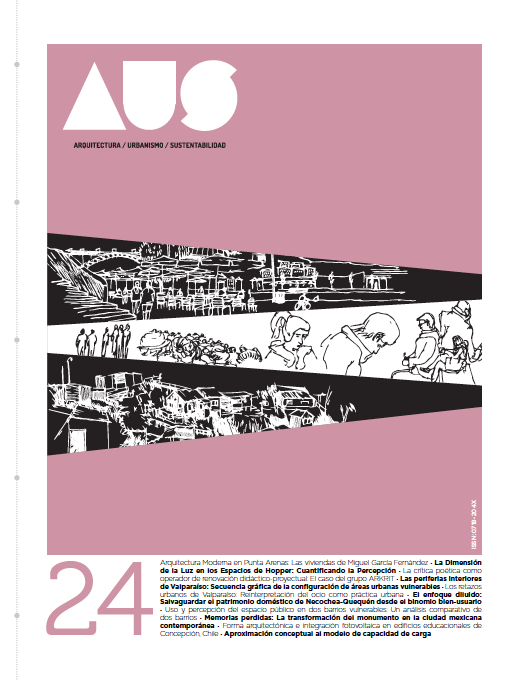Use and Perception of Public Space in Two Vulnerable Neighborhoods: A Comparative Analysis of Two Neighborhoods
Main Article Content
Abstract
In order to address the urban deficit facing cities in 2007, the “I Like My Neighborhood” Program (PQMB, for its acronym in Spanish) was implemented, under which large amounts of money were invested in urban furnishing for vulnerable areas and in strengthening the organizational capacities of resident communities. In order to understand the impacts of this program on the use and perceptions of public areas by residents, two sets of social housings with similar morphological (size, location, size of apartments and housing typology) and sociodemographic features were selected, one having been intervened by the PQMB and the other as a case control. For this purpose, a survey was carried out among 110 people to understand how public areas were being used and other aspects related to the neighborhoods’ security. The findings reveal that public areas were used more frequently in the space intervened by the PQMB than in the case control; and that interactions with neighbors and friends achieved greater relevance in the PQMB than in the case control. Additionally, it was found that in spite of these differences, there were similitudes in the way in which men and women used and perceived public areas. In fact, women used plazas and open spaces in each housing complex mainly to accompany their children while men used them to take walks and practice some sport, and, in second place, to accompany their children. Similarly, women mainly interacted with family members and neighbors while men did so with friends and, in second place, with neighbors. In addition, it was found that women perceived public areas as more insecure than men did.

